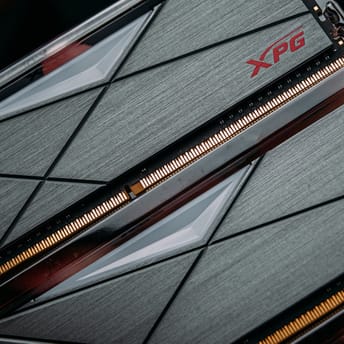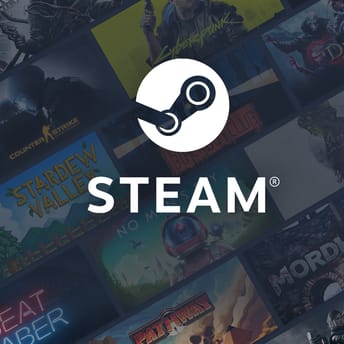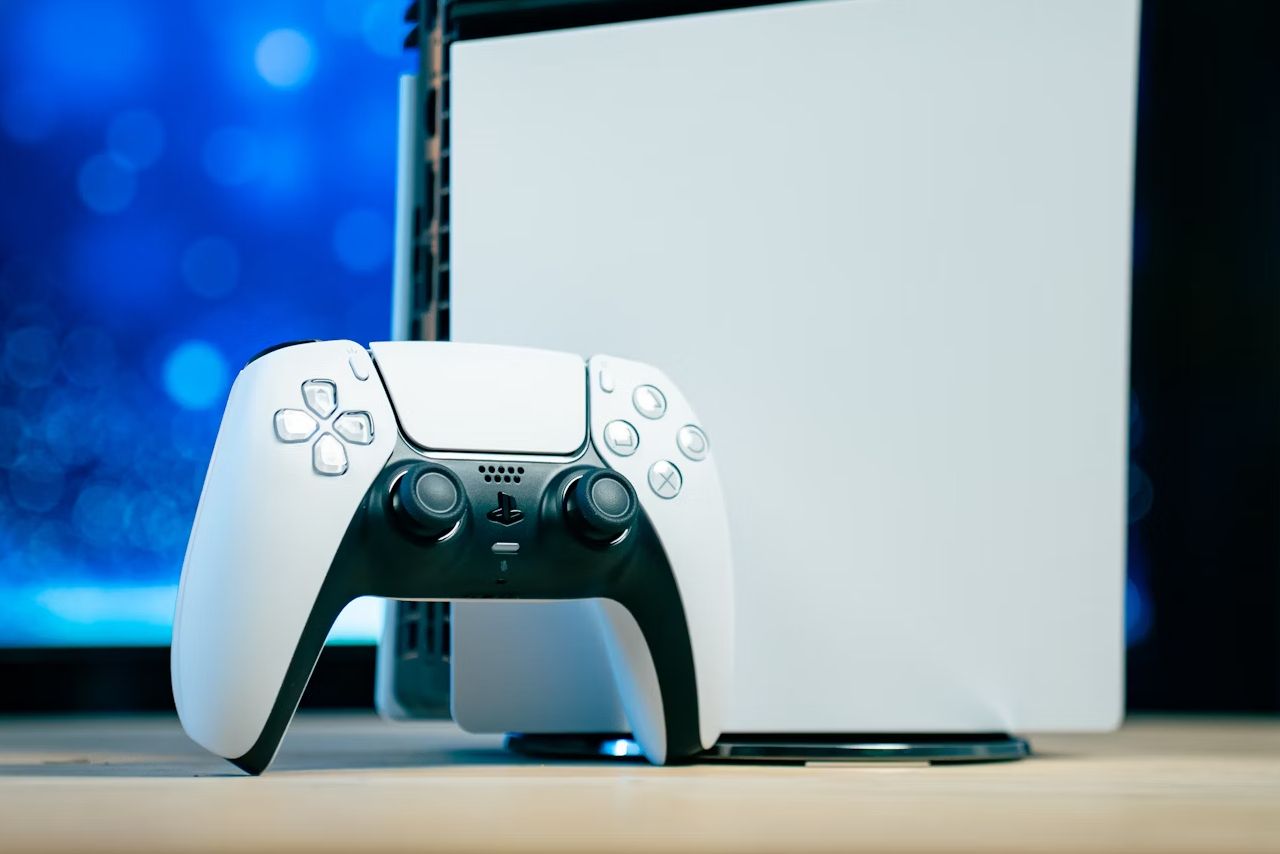
Best Consoles in 2025: PS5 Pro vs Xbox Series X vs Switch OLED
|
|
The video game consoles are no longer in a direct hardware race. PlayStation 5 Pro, Xbox Series X, and Nintendo Switch OLED all have the same goal: to give access to your favorite games, but they do it in different ways. The PS5 relies on cinematic exclusives and an innovative DualSense controller; the Xbox Series X—on the Game Pass library and powerful GPU hardware; the Switch—on portability and cooperative hits.
In 2025, all three systems are actively supported (even with Nintendo Switch 2 coming out in a few weeks) and offer subscription services, so the question of “what to buy” does not come down to an abstract best console, but to which scenarios are important to you: playing in 4K on a big TV, saving money with a subscription, or gaming on the go during travel.
Current Console Lineup: Best in 2025
Sony PlayStation 5 Pro
The PS5 remains a symbol of big single-player blockbusters. In 2025, the line of exclusives has expanded: Marvel’s Spider-Man 2, the upcoming Ghost of Yōtei, and Death Stranding 2: On The Beach. Adaptive DualSense triggers transmit the force of a stretched bowstring or the click of a gear shift in racing, enhancing immersion. The ultra-fast SSD reduces loading to seconds, and support for FSR 3, frame generation, and 120 Hz brings multiplatform titles to the level of a gaming PC. And in 2026, PS5 Pro will get another update—PSSR (which is basically FSR 4).
Xbox Series X
Microsoft’s flagship focuses on versatility. Its GPU is slightly more powerful than that of the PS5, and Dolby Vision improves HDR visuals in supported games. The main advantage is the Game Pass subscription: for a price ranging from $10 to $20, a library of hundreds of games is unlocked, including all Microsoft releases on day one. The Quick Resume function keeps up to five games in memory, allowing instant switching without loading screens. For fans of cloud gaming, Xbox Cloud Gaming (still in beta) turns even a tablet into a console.
Nintendo Switch – OLED Model
The Switch remains a unique hybrid—it works as a home console when docked, and as a handheld on the go. Its biggest titles, like The Legend of Zelda: Tears of the Kingdom, Super Mario Bros. Wonder, and Metroid Prime Remastered, are exclusive to the Nintendo ecosystem. The OLED model features a vibrant 7-inch screen. The hardware is weaker than its competitors, but it’s balanced by local co-op, long battery life, and a low entry threshold. Despite the Switch 2 being on the horizon, the original model is still very much in the game, still receiving major releases and strong indie support.
By matching each console’s strengths to your habits (whether it’s evening blockbusters, affordable access to new games, or portable sessions on the go), you can make a choice you won’t second-guess.
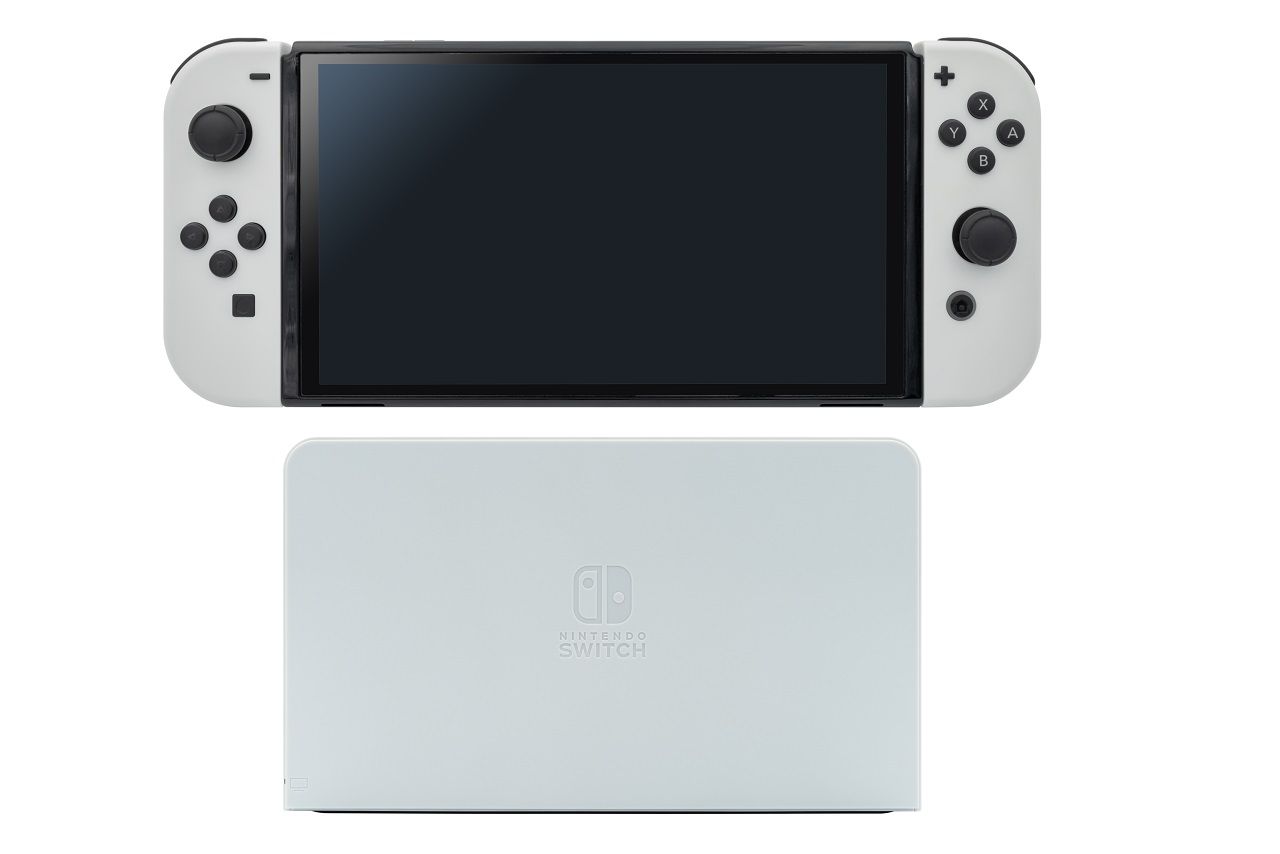
How to Choose the Right Console for You
Before looking at dry hardware specs, it’s worth asking yourself a few practical questions. They cut through unnecessary doubts and quickly point to the console that best fits your habits.
What games do you play most often?
- Story-driven blockbusters, cinematic titles, VRR-ready TV—PS5 makes the most sense: almost every Sony exclusive gets GOTY buzz, and DualSense adds a unique layer of tactile immersion.
- Multiplatform games, service titles, casual evening shooters—Xbox Series X with Game Pass provides a steady flow of new releases without extra spending, so you won’t need to buy a game for every launch.
- Co-op gaming, parties, travel—Nintendo Switch shines here: Mario Kart, Zelda, Kirby, and seamless portable multiplayer offer a level of convenience the others can’t match.
How much are you willing to spend on games?
- The PS5 with a disc drive is pricier than the digital-only model, while PS Plus Extra gives a smaller library but includes last year’s big hits.
- The Xbox Series X with 1 TB is cheaper, and Game Pass Ultimate pays off if you finish two mid-range new titles a month.
- The Switch saves even more, with Nintendo Switch Online being inexpensive, but most bonuses are retro classics.
Console ecosystem, compatibility, and convenience
A large living room TV setup? PS5 or Xbox Series X are built for 4K visuals, surround sound, and full HDR. Always on the move? The Switch runs 4-7 hours in handheld mode, and the Joy-Cons double as two controllers for split-screen play anywhere on the go.
Owned a PS4? Most of your library, including digital purchases, runs on the PS5. No need to rebuild your collection. PC or laptop user? Xbox syncs progress across console, cloud, and PC: start on Xbox, finish on Windows. Nintendo is self-contained—your games, account, and Zelda progress stay within the Switch family. That said, fans rarely mind.
The social factor
Where are your friends playing? Not every game offers crossplay (but major titles like Helldivers 2 or Baldur’s Gate 3 usually have it). Streaming or content creation? Xbox makes it easy to export clips to Twitch or YouTube; PS5 records 4K HDR video straight to SSD.
To summarize: once you think about all this, the right choice for a console usually becomes obvious. If it’s still unclear, then price or subscription value will likely be the deciding factor, and focusing on that is the smartest move.
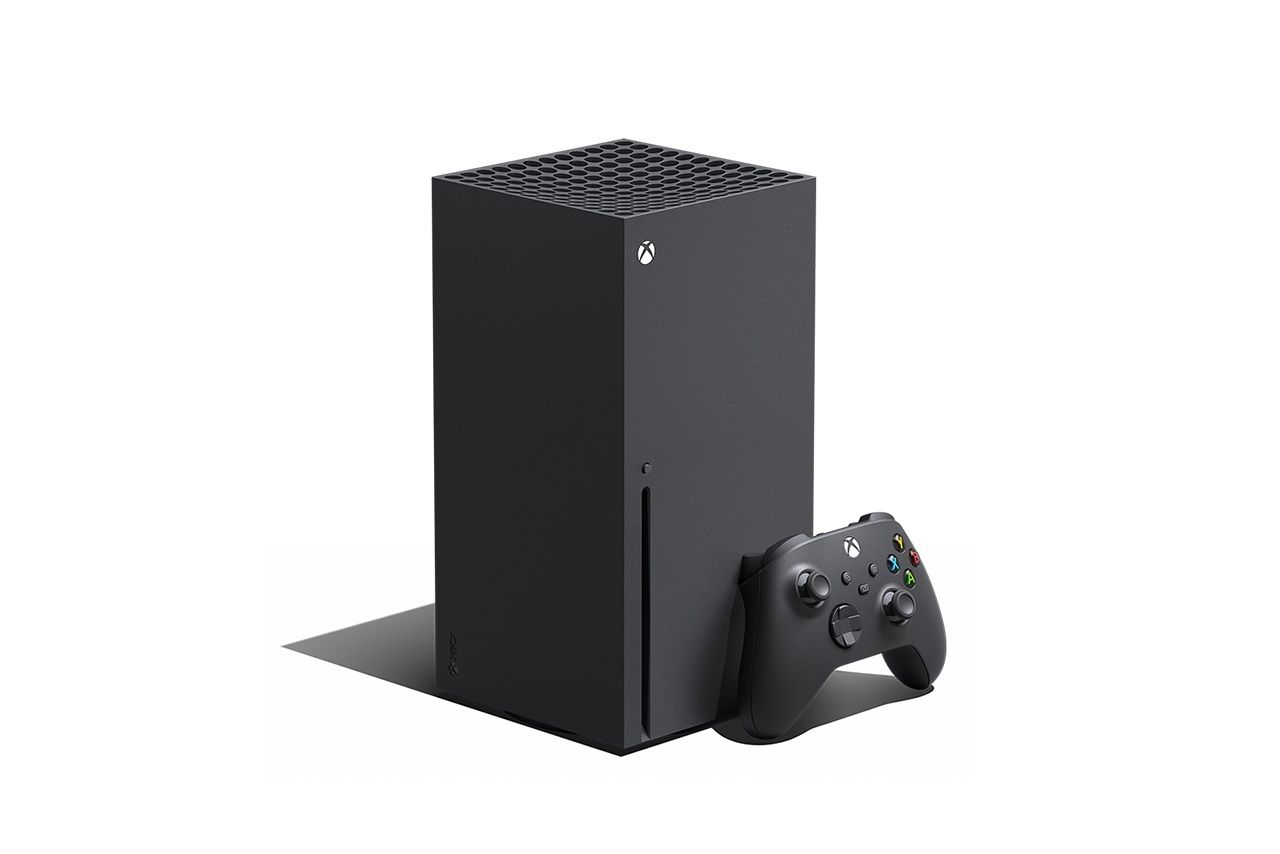
PS5 Pro vs Xbox Series X vs Switch OLED: Hardware Specs Breakdown
Sony PlayStation 5 Pro
The latest revision of PlayStation 5 Pro is armed with an AMD GPU delivering over 16 teraflops. In practice, that means a stable 60 FPS at 4K in most exclusives, and up to 120 FPS in competitive games like Fortnite or Call of Duty, albeit with reduced clarity in dynamic scenes. It also features 16 GB of GDDR6 memory with higher bandwidth. The star of the show is a custom 2 TB SSD (Spider-Man levels load faster than you can blink). Support for HDMI 2.1, VRR, ALLM, Tempest 3D Audio, and a Blu-ray drive in the disc model make the PS5 a full-fledged cinema center for your living room.
Xbox Series X
The Xbox Series X edges slightly behind on paper: 12 teraflops of RDNA 2 graphics, 16 GB of GDDR6 memory split into two pools—a fast 10 GB at 560 GB/s and a slower 6 GB at 336 GB/s. This gives developers flexibility: high-priority graphics assets go into the fast pool, the rest into the slower one. The 1TB SSD reads at 4.8 GB/s, but with the Xbox Velocity Architecture and compression, it keeps pace with the PS5 in real-world performance. Dolby Vision in games and Dolby Atmos at no extra charge are a treat for soundbar owners. Quick Resume keeps up to five titles ready to go, switching between them in seconds.
Nintendo Switch OLED
The Switch runs on the Tegra X1+ hybrid SoC. Its peak of 0.5 teraflops is nowhere near the big consoles, but the games are tailored for 720p in handheld mode and 1080p docked. It has 4 GB of RAM and 64 GB of eMMC storage—modest specs, but with a cartridge or microSD, memory can jump to a terabyte in a minute. The real strength is efficiency: two Joy-Cons and a compact screen deliver 4-7 hours of play on a single charge, with near-silent cooling. Network features are basic, but Bluetooth audio and Wi-Fi 5 are more than enough for Mario Kart on the couch.
Consoles Specs Summary
If you want maximum graphics and cinematic immersion, both PS5 and Xbox offer nearly identical quality, and the winner is whichever games or ecosystem you prefer. If your priority is portability or easygoing multiplayer evenings, the Switch offers a kind of experience the other two only partially mimic (via Remote Play or cloud gaming) and can’t fully replace. Use the raw specs as a reference point, not the final verdict. In 2025, how and where you play matters more than any number on the box.
Simply put, the PS5 and Series X offer visually comparable performance—differences only stand out in direct frame-by-frame comparisons: Sony might deliver slightly cleaner reconstruction, Microsoft might render better shadows or textures. In practice, the choice between them comes down to services and games, not raw power. Meanwhile, the Switch is upfront: not about 4K—about convenience and fun.
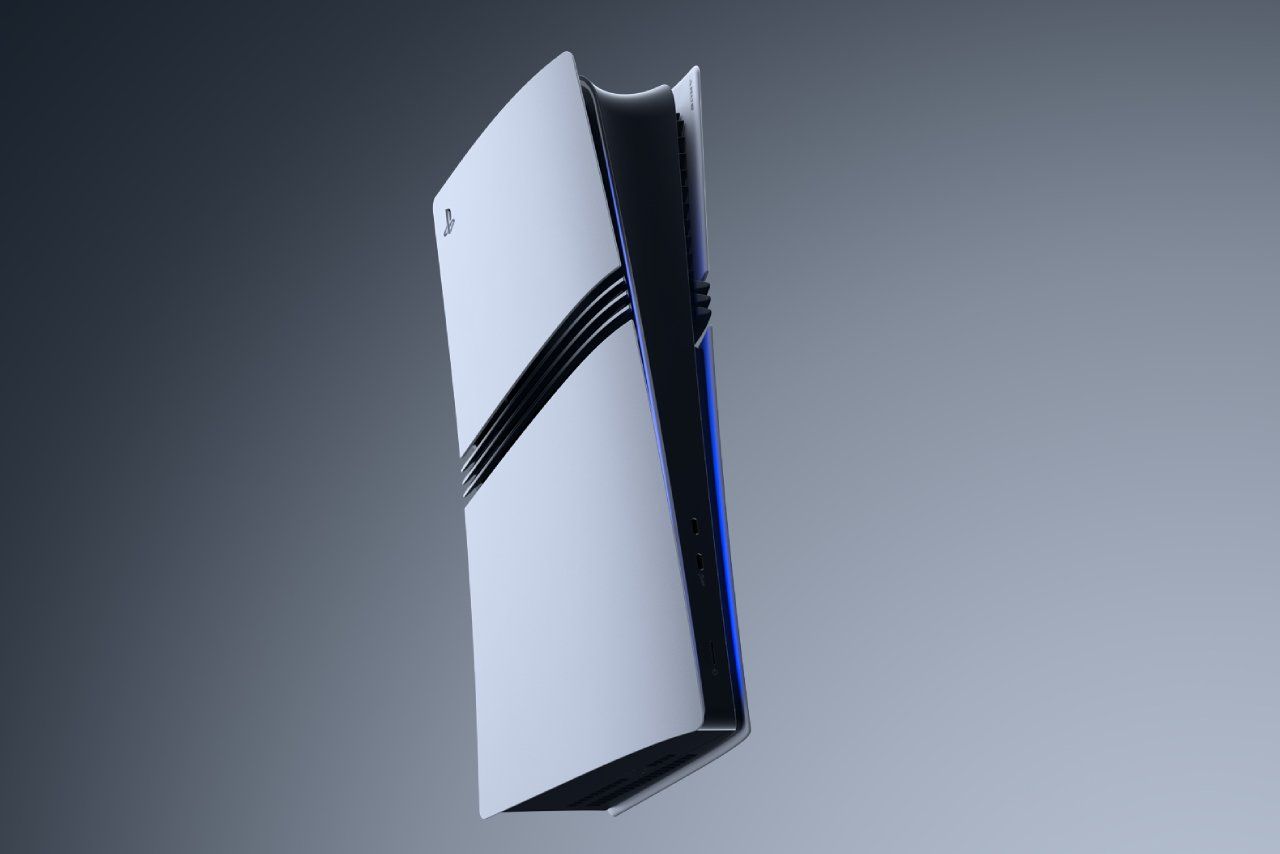
Game Types and Genres: Xbox vs PS5 vs Switch
Players who try a bit of everything and want the best subscription value—Xbox Series X. Game Pass gives access to hundreds of games for the price of a single boxed release. The Series S is ideal if you’re not chasing 4K and want to save another $100-150. Buyers looking for maxed-out graphics on a large OLED screen have a slight edge with the Xbox Series X: its Dolby Vision support gives it a small visual advantage.
Solo gamers who appreciate story and cinematography—PlayStation 5. Sony exclusives drop almost every quarter and often outshine multiplatform releases in terms of direction and production. DualSense enhances immersion, and PS4 backward compatibility makes the transition smoother. Fans of Japanese RPGs and VR—PS5, too. The JRPG library continues to grow, and PS VR2 is exclusive to this platform.
Families and those who play on the go—Nintendo Switch. Portability, detachable Joy-Cons, and the timeless appeal of Mario Kart and Zelda make it the best choice for households with kids or frequent travelers.

Is Now the Right Time to Buy a Console?
Nintendo Switch 2
The next Switch is coming just in a few weeks, but features a downgrade in battery life and no OLED screen, while rocking a $449 price tag, with peripherals that have become more expensive due to tariffs. That’s why, even in 2025, the current Switch OLED still makes sense as a go-to portable option.
Sony PS5 Pro 2026
In 2026, the PS5 Pro is expected to bring a major upgrade, but it will be technical—meaning you’ll already benefit from it if you buy the latest revision now.
New Xbox?
There are various rumors and speculations about a new console coming in 2027. No hardware refresh is expected in 2025. No need to wait if it already checks your boxes, go get one.
FAQ About Choosing a Video Game Console in 2025
Which console is better for 4K gaming in 2025?
PS5 and Xbox Series X both deliver comparable 4K at 60 FPS, the difference only shows up in direct comparisons. If you care about Dolby Vision HDR, go with Xbox; if Sony exclusives matter more, the PS5 is the better fit.
Does the PS5 Pro have a disc drive?
The PS5 Pro comes in a modular design: the base model is digital-only, but you can buy and attach a separate Ultra HD Blu-ray disc drive. The digital version is cheaper, while the disc version adds flexibility for physical games and movies.
Should I buy the PS5 Pro now or wait for the 2026 revision?
Since the 2026 update is expected to be technical rather than a hardware overhaul, there’s no need to hold off on buying now.
Does the Xbox Series X have a disc drive?
Yes. Series X includes a 4K UHD Blu-ray disc drive, allowing you to play physical games and movies.
Xbox Series X or Game Pass on PC, which is more cost-effective?
If you already own a powerful PC, Game Pass for PC is the cheaper option. But the Series X offers Quick Resume, Dolby Atmos, and stable 4K performance without future hardware upgrades—and Game Pass Ultimate works across both.
Is the Nintendo Switch obsolete by 2025?
Technically, yes, with the new console coming soon, and in terms of graphics in general. But Zelda, Mario, portability, and family co-op keep it relevant. Switch remains the most affordable way to enter the console space.

Console Generation with No Wrong Choices
There’s no one-size-fits-all best console. The PS5 Pro excels at cinematic storytelling and tactile immersion with DualSense. The Xbox Series X stands out with Game Pass flexibility and top-tier AV features. The Nintendo Switch OLED offers portability and family-friendly fun.
Look at what and where you actually play, how much you’re ready to spend on subscriptions, and how important mobility is. If your priorities are split (or you already have a powerful PC), the most cost-efficient setup might be a combo of some kind, or a discounted used console.
The key is to pick a platform that fits your lifestyle, not just one with the highest spec sheet. In 2025, all three ecosystems are alive, supported, and capable of delivering great gaming experiences.

